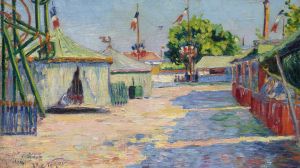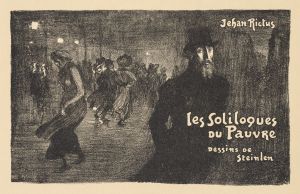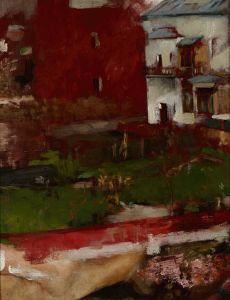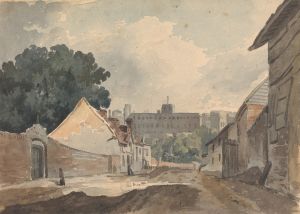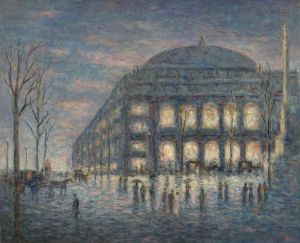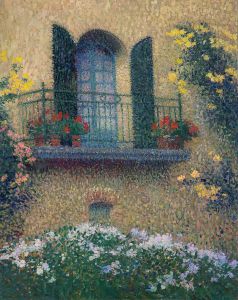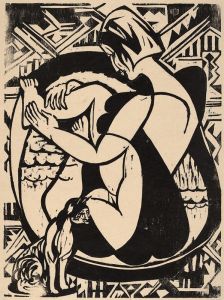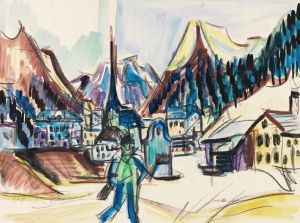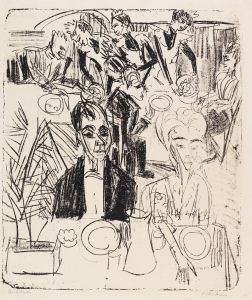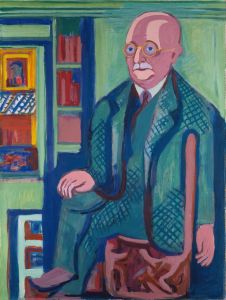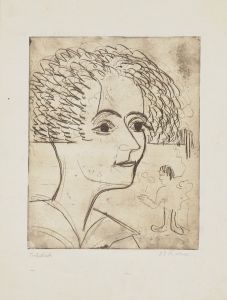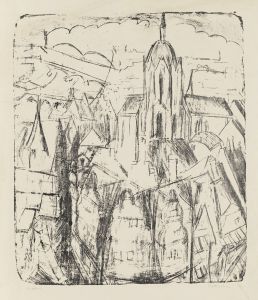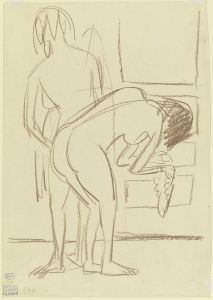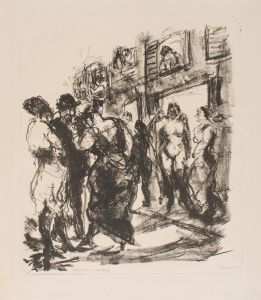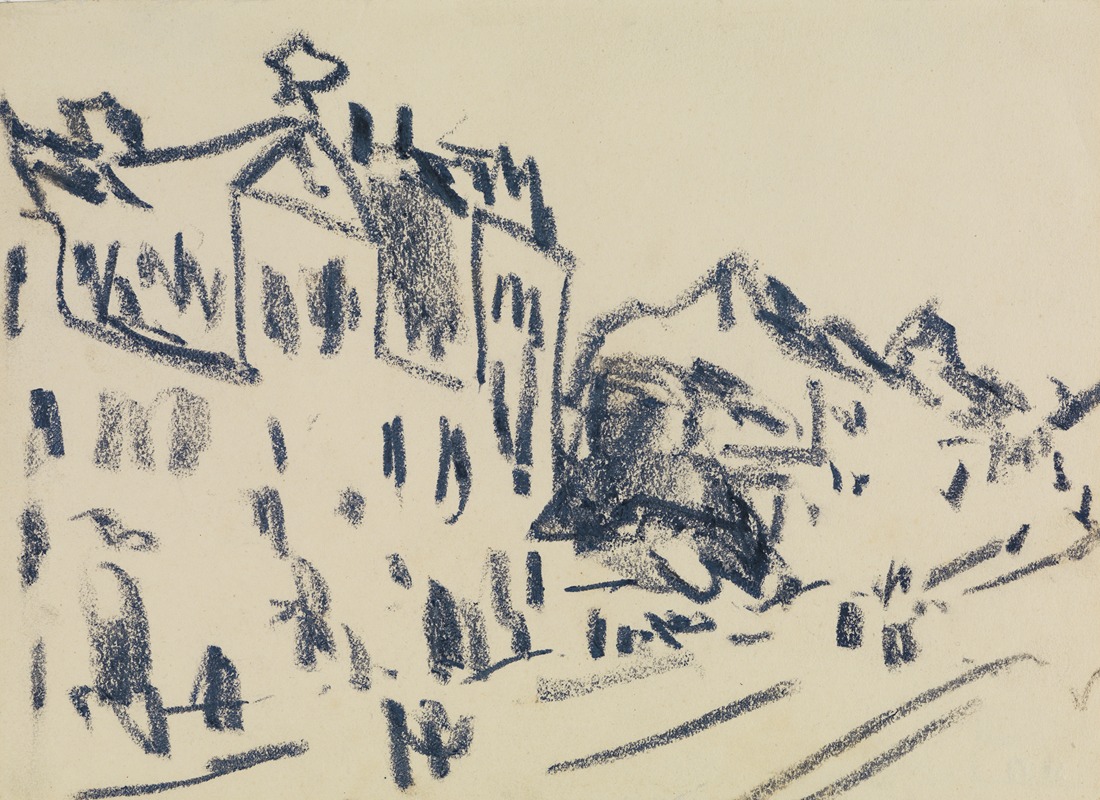
Straße in Dresden
A hand-painted replica of Ernst Ludwig Kirchner’s masterpiece Straße in Dresden, meticulously crafted by professional artists to capture the true essence of the original. Each piece is created with museum-quality canvas and rare mineral pigments, carefully painted by experienced artists with delicate brushstrokes and rich, layered colors to perfectly recreate the texture of the original artwork. Unlike machine-printed reproductions, this hand-painted version brings the painting to life, infused with the artist’s emotions and skill in every stroke. Whether for personal collection or home decoration, it instantly elevates the artistic atmosphere of any space.
Ernst Ludwig Kirchner's painting Straße in Dresden (Street in Dresden) is a significant work of German Expressionism, created in 1908 and later reworked in 1919. Kirchner, a founding member of the art movement Die Brücke (The Bridge), was deeply influenced by the rapid urbanization and social changes of early 20th-century Germany. This painting is part of a series of street scenes that Kirchner produced during his time in Dresden and later in Berlin, reflecting his fascination with the energy and alienation of modern city life.
The artwork depicts a bustling urban street in Dresden, characterized by its vivid colors, distorted forms, and dynamic composition. Kirchner employs exaggerated, angular shapes and bold, non-naturalistic colors to convey the emotional intensity and psychological tension of urban existence. The figures in the painting, often elongated and mask-like, seem detached from one another, emphasizing a sense of isolation despite the crowded setting. This portrayal aligns with the Expressionist aim of conveying subjective emotions rather than objective reality.
Straße in Dresden exemplifies Kirchner's innovative use of perspective and form. The tilted ground plane and compressed space create a sense of movement and unease, drawing the viewer into the chaotic rhythm of the city. The painting's vibrant palette, dominated by shades of pink, blue, and green, further enhances its emotional impact. Kirchner's technique reflects the influence of Post-Impressionism and Fauvism, as well as his interest in non-Western art forms, particularly African and Oceanic art, which he admired for their perceived authenticity and expressiveness.
This painting is often interpreted as a critique of modern urban life, highlighting its alienating effects on individuals. Kirchner's work captures the duality of the city as a place of both excitement and anxiety, a theme that resonated with many artists of his time. The street scenes, including Straße in Dresden, are considered some of Kirchner's most important contributions to modern art and remain iconic examples of Expressionist painting.
Today, Straße in Dresden is housed in the Museum of Modern Art (MoMA) in New York City. It is regarded as a masterpiece of early 20th-century art and a key work in understanding the development of Expressionism. The painting continues to be studied and celebrated for its innovative approach to color, form, and emotional expression, as well as its reflection of the social and cultural changes of its era.





